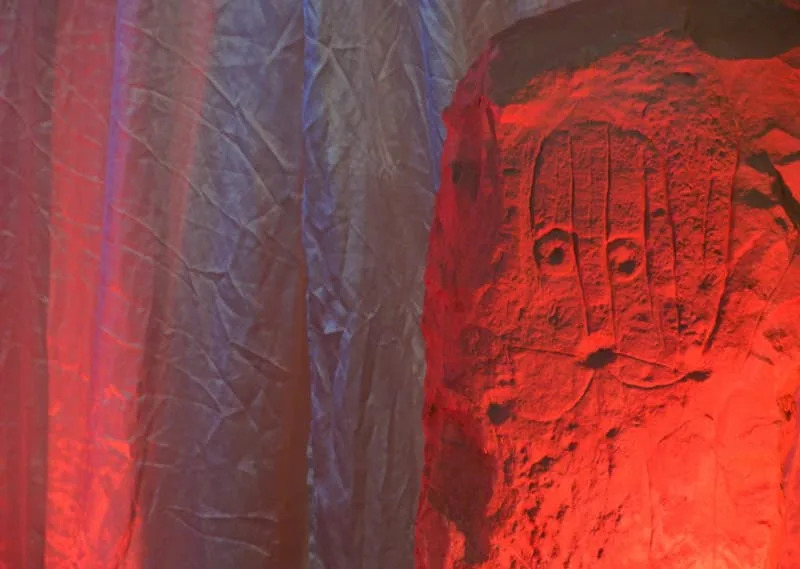Archaeologists uncovered the long-forgotten Byzantine settlement of Tharais.
A team of archaeologists have unearthed what is believed to be the long-forgotten Byzantine settlement of Tharais, offering significant new insights into the history of Christianity in the Middle East.
The findings, led by Musallam R. Al-Rawahneh, an associate professor of archaeology at Mutah University in Jordan, were published in Gephyra, a journal dedicated to the ancient history and cultures of the Eastern Mediterranean, in May.
Rawahneh’s discovery was guided by the Madaba Map, an ancient mosaic that has long intrigued historians. He pinpointed the site near the Jordanian village of El-Irāq, in an area known as Ain Al-Qala’a. Although the settlement had been lost to obscurity for centuries, the archaeologist noted its strategic location along ancient trade routes leading to the southeastern Dead Sea region.
During the excavation, Rawahneh and his team brought to light a variety of artefacts, such as pottery shards, stone tools, and glass remnants, along with fossils. The site also yielded substantial architectural remains, most notably those of a Byzantine church. Rawahneh highlighted the Christian church and an olive oil press as among the most compelling discoveries.
The church, described as “basilica-style,” features fragments of mosaic floors characteristic of Byzantine Christian sites.

Rawahneh remarked that its design “reflects Byzantine aesthetics, including a prominent entrance and possible remnants of decorative elements.” Parts of the main entrance frame and the front facade of the church were also uncovered.
Ancient inscriptions uncovered
Additionally, archaeologists found various inscriptions, which Rawahneh linked to ancient funerary practices. While these inscriptions require further analysis, the professor suggested they “may include Christian imagery and references,” which he believed could shed more light on ancient religious customs.
Rawahneh attributes the abandonment of Tharais by the 7th century CE to a combination of factors, including shifts in trade routes, earthquakes, and environmental changes. The period also saw the transition of the region from Byzantine to Islamic control.
Future research plans include surveys of surrounding areas and more detailed analysis of the unearthed artifacts. Rawahneh expressed hope that these ongoing studies would “enhance the understanding of Tharais and its significance within the broader context of Byzantine archaeology in Jordan.”
The Byzantine Empire, also known as the Eastern Roman Empire, flourished from 330 CE to the 15th century, beginning when Constantine the Great relocated the Roman capital to Byzantium, which he renamed Constantinople.
The era continues to yield fascinating archaeological discoveries across Asia Minor and the Middle East. For example, a 1,600-year-old Byzantine-era mosaic from a Christian monastery was recently put on public display in Israel, and a Byzantine tomb complex was discovered in Syria by a contractor clearing rubble.
Yahoo News – Latest News & Headlines
Read the full article .


